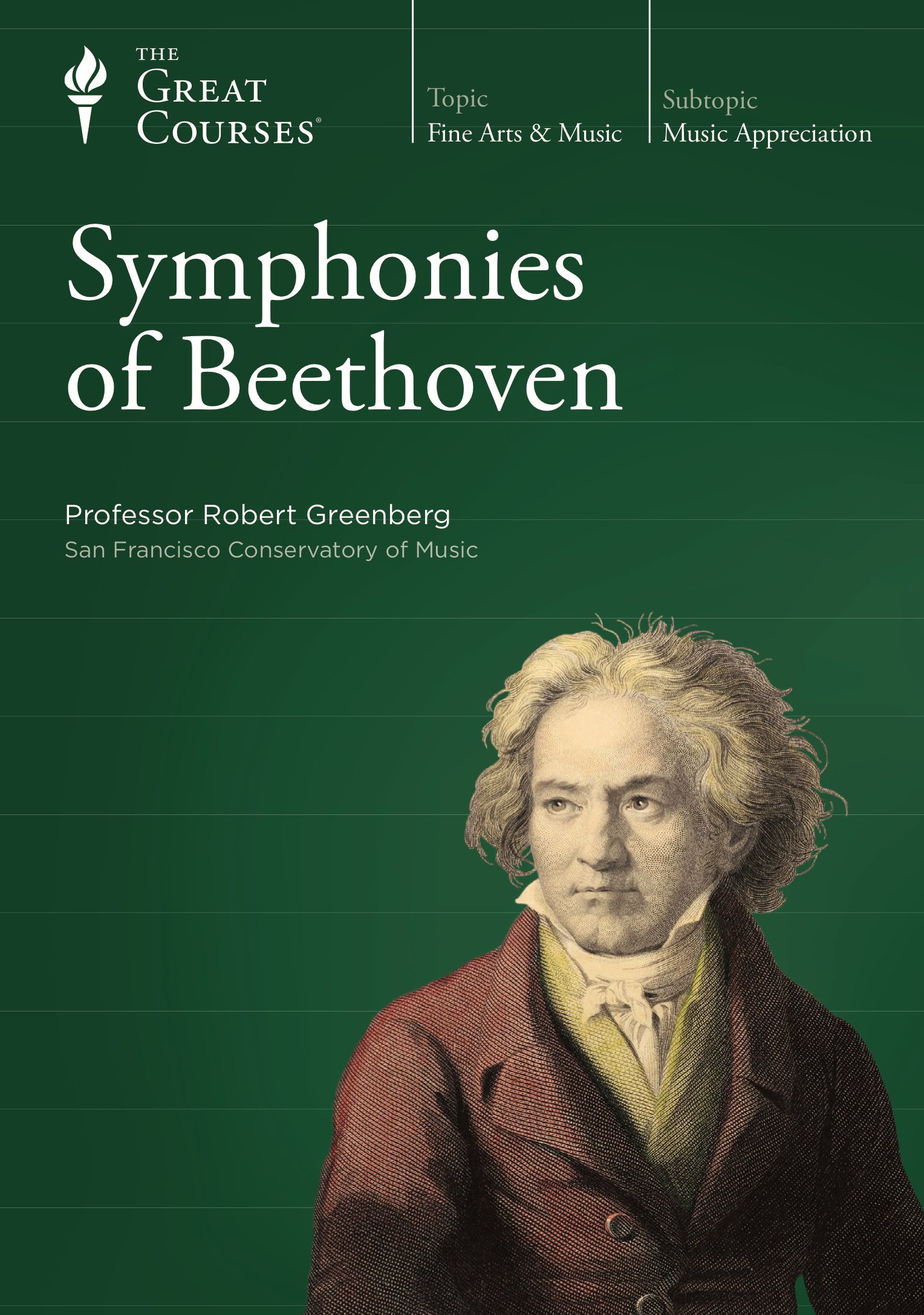On April 2, 1800 – 218 years ago today – Ludwig van Beethoven staged his first public concert, a so-called “Akademie” or “benefit concert”, in which the financial beneficiary was to be one Ludwig van Beethoven. Among the works on the program were the premiere performances of Beethoven’s Septet for Winds and Strings, Op. 20 and his Symphony No. 1 in C Major, Op. 21.
Yes! By April, 1800 the 29 year-old Beethoven was prepared to go the distance, take the plunge, go mano-e-mano with the Viennese musical establishment taken as widely as we please: he was ready to stake his claim as a mature compositional artist and put forward his first symphony!
Beethoven placed the following advertisement in the Allgemeine Musikalische Zeitung (meaning, “General music newspaper”; the most important German-language music periodical of its time). As has been pointed out, the ad copy drops all the right names and italicizes the single most important name five times:
Today, Wednesday, April 2, 1800, Herr Ludwig van Beethoven will have the honor to give a grand concert for his benefit in the Royal Imperial Court Theater beside the Burg. The pieces which will be performed are the following:
A grand symphony by the late Kapellmeister Mozart. [Which symphony was performed remains unknown.]
An aria from “The Creation” by the Princely Kapellmeister Herr Haydn, sung by Mlle. Saal.
A grand Concerto for the pianoforte, played and composed by Herr Ludwig van Beethoven. [Most likely Beethoven’s Piano Concerto No. 1 in C Major.]
A Septet, most humbly and obediently dedicated to Her Majesty the Empress, and composed by Herr Ludwig van Beethoven for four stringed and three wind instruments, played by Herren Schuppanzigh, Schreiber, Schindlecker, Bär, Nickel, Matauschek and Dietzel.
A duet from Haydn’s “Creation” sung by Herr and Mlle. Saal.
Herr Ludwig van Beethoven will improvise on the pianoforte.
A new grand symphony with complete orchestra, composed by Herr Ludwig van Beethoven.
Nothing shy about announcement!
The location of the concert – the “Royal Imperial Court Theater beside the Burg” (meaning beside the Hofburg, the royal palace) – was the old Burgtheater, about which I wrote extensively in my Music History Monday post on March 19, two weeks ago. It was as highly visible a venue as existed in Vienna at the time, one that had witnessed the premieres of – among many other works – Mozart’s operas The Abduction from the Seraglio, The Marriage of Figaro, Cosi Fan Tutte; his Piano Concerto No. 24; and Haydn’s The Creation. Beethoven chose the venue and his program with tradition in mind; it is a program that acknowledged and celebrated his roots (the sort of program that Joseph Haydn, who was almost certainly present, would have heartily approved).
It was a program that aimed to please the widest possible swath of the Viennese listening public, a statement that applies as well to Beethoven’s own compositional contributions. The Septet – a divertimento cast in six movements – is stately and elegant; direct, melodious, memorable, and well suited for amateur performers. (Beethoven, who wanted the Septet to be “popular”, succeeded almost too well; to his eternal chagrin it was, in terms of sales, the most popular piece he ever composed!)
The concert was well received; the critic for the Allgemeine Musikalische Zeitung found in Beethoven’s symphony:
“very much art, novelty, and a wealth of ideas.”
However, posterity has not always been so kind to the symphony. For example, the estimable Beethoven scholar Lewis Lockwood writes that:
“the First Symphony is timorous by the standards of Beethoven’s more original works of the 1790s.”
I must disagree with the good professor on three counts: semantically, contextually, and musically. “Timorous” means “showing or suffering from nervousness, fear, or a lack of confidence.” Speaking generally but accurately, Ludwig van Beethoven was about as “timorous” as a bull elephant. The correct word here is “cautious”. And while we acknowledge the more experimental music Beethoven composed in the late 1790s – particularly his trios and solo piano works – his Symphony No. 1 must be understood and appreciated in its own context: as a coming out piece. In his First Symphony, Beethoven made no attempt to break with the Haydn/Mozart symphonic tradition but rather, to co-exist with that tradition. Rome was not built in a day, and neither is a compositional reputation and career, and it was a simple fact that Beethoven could not risk the sorts of negative criticism of his First Symphony that his earlier experimental music had garnered for its idiosyncratic approach to musical form and its abrupt contrasts of themes, dynamics, tempos, and accentuation.
Besides, the symphony is quirky enough. Billed as being in C Major, the first movement begins with a dissonance that immediately transports the key to F Major. The third movement “Minuet” is anything but a classically-styled ballroom dance but rather, the first of Beethoven’s symphonic scherzi, a movement with a harmonic profile that is anything but “traditional”. The rollicking fourth movement – once it gets off the ground following its quirky and humorous introduction – is pure, high-energy, hold-onto-you-hats Beethoven, for whom pure rhythmic momentum is often a principal expressive element.
So, despite its Haydnesque/Mozartian proportions, Beethoven’s Symphony No. 1 is, in terms of its use of dissonance, thematic design and expressive and rhythmic boldness pure Beethoven, any way you look at it. No one else could have written it.
It’s a reminder that Beethoven’s so-called “Viennese” or “Classical” compositional period – during which he composed his Symphonies Nos. 1 and 2 – does not represent, as so many sources maintain, Beethoven’s “learning of his craft”, his “assimilation of the Classical style of Haydn and Mozart”; nein! Beethoven was an original almost from the beginning. And just how symphonically original he was capable of being would be revealed in just a few years with the composition of his Third Symphony, the Eroica.





